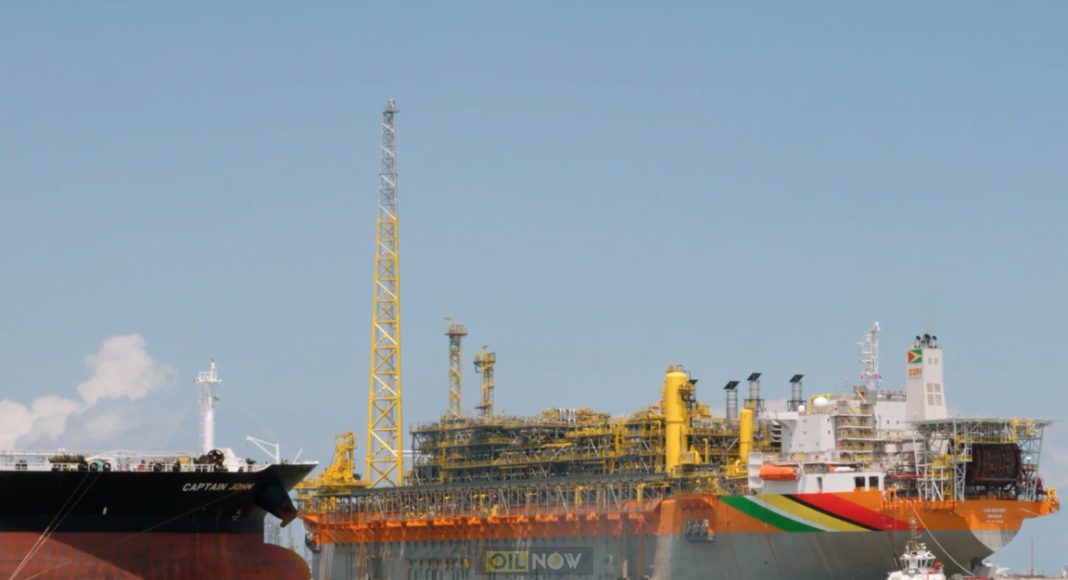Guyana will lift its third million-barrel oil cargo next week just as the upcoming partial return of curtailed OPEC+ oil production from August is set to create a new four-month supply glut of around 170 million barrels.
Rystad Energy said in a new analysis that after the first five months of 2020, which all registered excess global oil production compared to market demand, June was a month when global stocks saw some relief of 2.2 million barrels per day (bpd) of implied oil inventory draws. July, the last month of OPEC+’s record 9.7 million bpd output curtailment commitment, is also set to end with demand surprisingly exceeding supply by 1.9 million bpd.
But with the mild second wave of COVID-19 already hitting several countries, Rystad Energy has scaled back its total liquids (crude, condensate, NGLs, other liquids, and refinery gains) demand recovery expectations in the short-term. Between August and October, total liquids demand levels will stay flat at around 90.5 million bpd, before rising to 92.9 million bpd in November and 94.6 million bpd in December.
Guyana has been putting the necessary arrangements in place for the country’s third lift which is expected in the first week of August.
“OPEC’s experiment to increase production from August could backfire as we are still nowhere near out of the woods yet in terms of oil demand. The overall liquids market will flip back into a mini-supply glut and a swing into deficit will not happen again until December 2020,” says Bjornar Tonhaugen, Rystad Energy’s Head of Oil Market Research.
Nevertheless, the total surplus of about 170 million oil barrels that will be created between August and November is only a fraction of the 1.4 billion-barrel stock overhang that was built up in the first five months of 2020. This historic inventory build-up will still act as a soft brake on price increases when demand rebounds.



